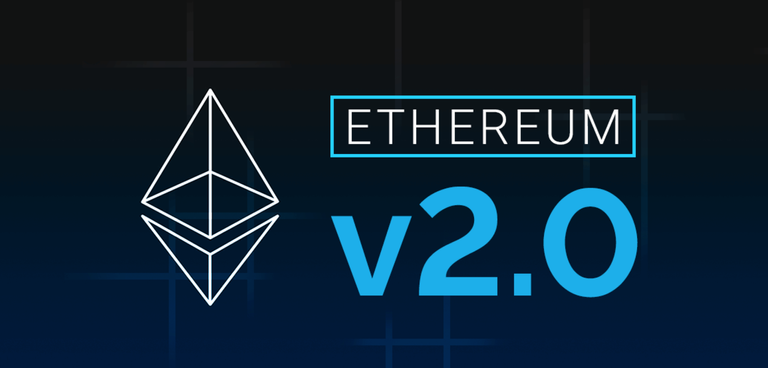
Everything You Should Know About Ethereum 2.0 Transactions
**
In 2021, new Ethereum 2.0 rules will be introduced that will allow it to process more transactions per second. It is worth pointing out that the Ethereum update was planned earlier, but recently the increasing popularity on the Internet has led to the need to accelerate the work. It is known that the changes will take place in stages and their total change is to be up to two years.
Potential Risks
As a result of the changes, there is a risk in the supply of Ether. Consider that due to such a transition, part of Ether's supply will close, which may result in a smaller market supply, and excavation remuneration will contribute to increasing investment in the market of larger investors. All of this can change the value of Ether at the beginning of his transformation. Therefore, the danger with which Ethereum 2.0 is struggling is the excessive willingness to buy, which is referred to as the fear of missing out - FOMO for short. Briefly explaining this phenomenon, it is the fear of omission, and in practice, it means that the investor, fearing to miss a favorable price, the entity decides to quickly buy the cryptocurrency for fear that he might miss the advantageous price.
New Changes
The main element in the introduced changes is the transition from PoW (Proof-of-Work) to PoS (Proof-of-Stake). Relative to the previous consensus, now validators will be required to set up no less than 32 ETH. Then, the controllers will collect the amount and then activate Ehtereum 2.0, where the next blocks in the blockchain will be selected and confirmed at random. The verifying entity that confirms the transaction will receive the specified remuneration in ETH. However, in this case, the main danger is that the verifier may be able to deduct this fee (for example, if the verifier fails to meet its obligations and is not online). If the working time is interrupted, the validator may be punished and may be deprived of any future reward. financial.
Services
The Ethereum 2.0 service itself may prove problematic, as it can be expected to be more complicated than before. There is also a risk that without the knowledge, the validator, who will be required to bet 32 ETH, may accidentally lose part of the amount due to the possibility of making even the smallest mistakes, and when some of them are collected, the node will be removed and the validator will not have the right to further participation. It is worth noting that understanding the specifics of Ethereum 2.0 can be quite a challenge due to the necessary time to learn about the changes, which in this case may be problematic due to the speed with which Ethereum 2.0 is implemented.
In addition, new changes require the protection of the keys, due to the possibility of their loss or damage. By running your own node, Ethereum 2.0 validators carry the risk of losing or breaking the tool where the keys are stored. As a result, such circumstances will not only result in a reduction in the rate of remuneration for them, but all factors may contribute to the reduction of ETH rates.
If you liked this post - please share it with others!

Posted Using LeoFinance Beta